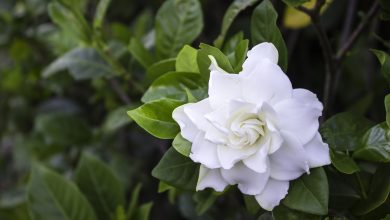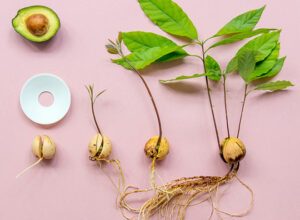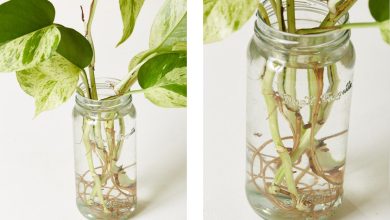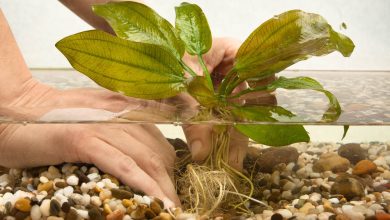How to remove the fly from the substrate
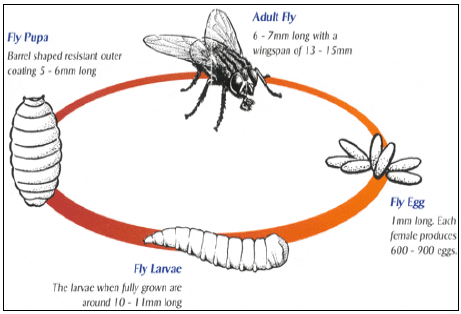
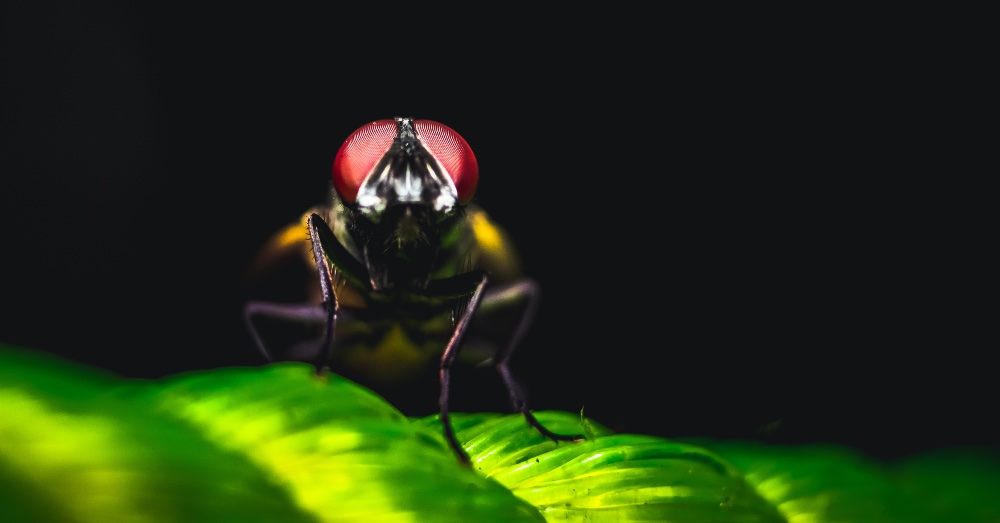
It is one of the nightmares of lovers of indoor plants and a common reason for consultation. Knowing how to eliminate the fly from the substrate is key to taking care of the well-being of our plants. Because, although it may seem like a harmless insect due to its tiny size, the truth is that it can pose a serious threat to our plants.
When we talk about eliminating pests from the garden or the plants we have indoors, we usually automatically think of the sunny months. Heat is, in general terms, synonymous with the proliferation of insects. However, this does not mean that we can relax in the cold months. In fact, the substrate fly appears when the temperature drops. Something that reminds us that our plants demand our vigilance 12 months a year.
But beware. This apparently harmless diptera does not appear, only because it is cold. Actually, having to eliminate the fly from the substrate forces us to consider that we are making some kind of mistake in the cultivation of our plants.
WHAT IS THE SUBSTRATE FLY LIKE?
Knowing how to eradicate this dipteran is as important as knowing it thoroughly. And the reason is simple: usually, by the time we consider how to remove the fly from the substrate, the infection is already well advanced. Something that can not only make it difficult for us to put an end to it, but can also take a heavy toll on our plants.
Due to its size, the substrate fly or soil fly is often confused with a mosquito. Its body, from three to five millimeters, is black or dark gray; and is characterized by having long legs and antennae. Unless we look at it with a magnifying glass, we will not be able to see so many details. What can help us detect their presence among our plants is the presence of tiny flies flying among our pots.
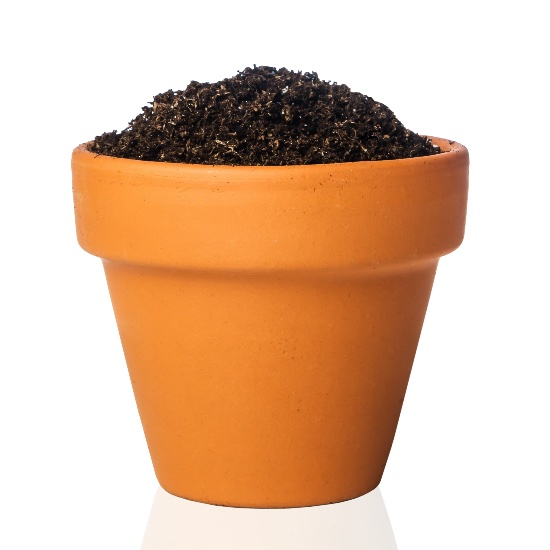
But what is really dangerous about this insect is not what we see. Because, even being annoying, these minimal flies are nothing more than absolutely harmless adult specimens. The problem is that these specimens are the manifestation that in our substrate fly eggs and larvae of the substrate live. And therein lies the danger. In their larval stage, these flies feed on the roots or capillaries of our plants. Something that, given the number of eggs in each laying, around 400, gives us an idea of the extent to which they can compromise the health of our plant.
When a plant has a growing medium fly infection, the symptoms are varied. For one, we are likely to see it stop growing. It is also common to see that, little by little, its leaves lose vigor and color. But, added, there is another surprise guest who can help us understand what is happening. These tiny flies are carriers of various fungi, such as fusarium or botrytis. Some that, if they appear, could spell the end of the plant.
WHY DOES THIS PEST APPEAR?
We will not tire of saying it: prevention is better than cure. Or, in other words, rather than considering how to eliminate the fly from the substrate, it is important to know what to do to prevent its appearance. Although at certain times the appearance of pests is inevitable, it is true that the presence of many of them denotes that we are making cultivation errors.
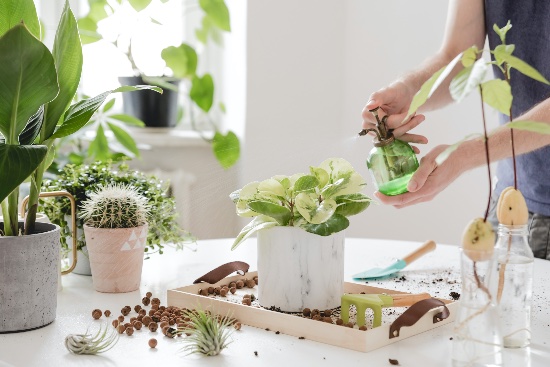
In the case of the substrate fly, there are certain factors that favor its appearance. The main one: to be watering inefficiently. One of the nicknames that this insect receives is the humidity fly. Something that gives us a clue as to why it can appear on our plants. Exceeding ourselves with irrigation, providing our plants with poor drainage or encouraging the substrate to be moist for longer than necessary, with practices such as leaving water in the lower plate; can lead to the appearance of this annoying fly.
But it is not the only reason. There are other triggers associated with excess moisture to cause the appearance of this fly. One is ambient humidity. But, without a doubt, the most important is a high temperature.
HOW TO REMOVE THE FLY FROM THE SUBSTRATE?
Understanding how to know and avoid this plague, it is time to know how to eliminate the fly from the substrate. A task in which we will have to work hard since, as we said, it is common for us to try to stop it when it has already colonized our plants.
Achieving it is not impossible but, to achieve it, it is vital to follow a series of essential steps. Some that, added, are the best prophylaxis to prevent that insect from appearing.
1. Regulate humidity, a fundamental aspect to eliminate the fly from the substrate
Watering correctly is, in many cases, a pending issue. Something that we will have to improve especially if we detect the presence of the substrate fly in our plants.
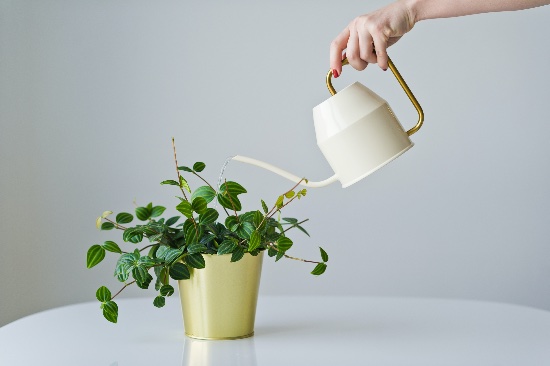
Regardless of the specific care of each of our plants, there are some common watering guidelines for all of them. To begin with, avoid light watering and opt for deep watering. It is also important to ensure that our plants are well drained after this task.
Finally and in regards to this insect, a detail. To eliminate the fly from the substrate it is important to let the surface of the substrate dry between irrigation and irrigation. Lack of moisture will hinder the growth of the larvae.
2. Control the temperature, key
The thing does not happen to make our plants cold. Actually, it is enough that we try to adjust the degrees of our interior to a comfort temperature that is not excessively hot.
Also, maintaining good ventilation will help prevent heat condensation.
3. Disinfect the leaves and the substrate, another key detail to eliminate the fly from the substrate
As rigorous as we are with these cares, we will need external help to make this fly disappear. Or, put another way, apply a specific treatment to our infected plant and to the others. In order to eradicate the fly from the substrate, it is recommended to use Neem oil or potassium soap in the irrigation water. Thanks to this type of product, we will be able to eradicate flies and larvae.
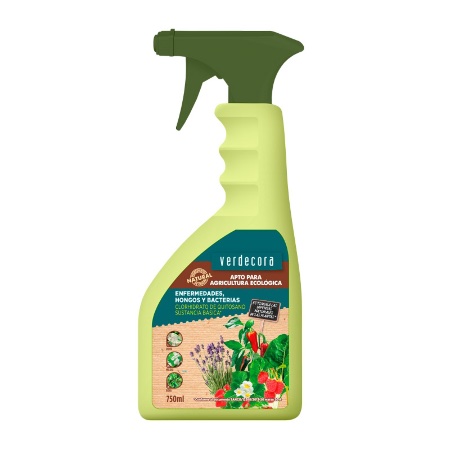
In addition to this and only if fungi begin to appear on the leaves, it is essential to stop their presence by using a fungicide.
4. Remove dead or fallen leaves
Another important detail. The substratum fly feeds on decaying matter. Therefore, if the diseased leaves remain on the surface of the substrate, we will be unconsciously feeding both the larvae and the adult flies.
5. Cover the surface of the substrate, a great ally
One last detail to eliminate the fly from the substrate is to cover its surface. This practice, as incredible as it may seem to us, will prevent the laying of eggs but also the hatching of the eggs.
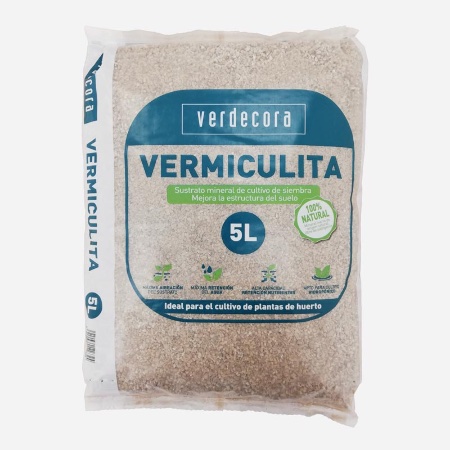
To do this, the ideal is to use a natural amendment such as vermiculite.
And, although it is important to know how to eliminate the fly from the substrate, there is nothing like preventing it from appearing. A way to avoid headaches but also to better cultivate our plants.

